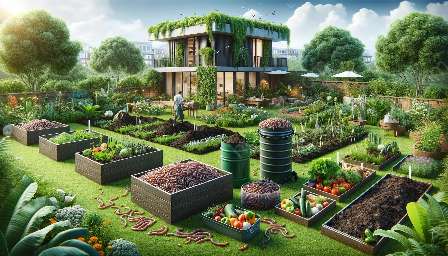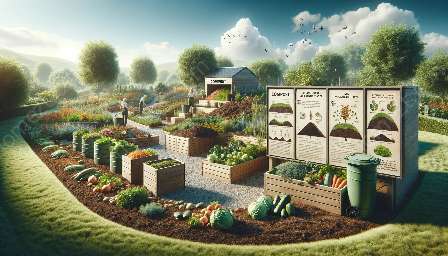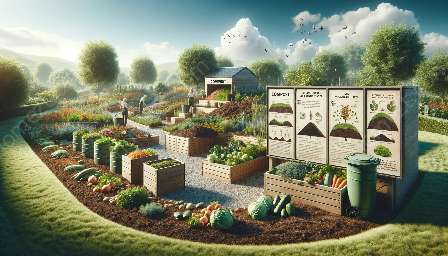Companion planting is a traditional agricultural method that involves planting different crops together to benefit from their mutual interactions. In organic gardening, companion planting is a valuable technique that promotes natural pest control, maximizes space, and enhances biodiversity. By understanding the principles and benefits of companion planting, organic gardeners can create thriving, sustainable ecosystems that support the growth of healthy plants.
Companion planting in organic gardening is compatible with other sustainable practices such as composting and organic gardening. It complements the principles of organic gardening by harnessing the natural relationships between plants to enhance soil fertility, reduce pest pressures, and improve overall garden health. Furthermore, companion planting can be seamlessly integrated into garden designs, allowing organic gardeners to create visually appealing and productive landscapes.
The Benefits of Companion Planting in Organic Gardening
Companion planting offers a wide range of benefits for organic gardens. These benefits include:
- Natural Pest Control: Certain plant combinations can help repel pests or attract beneficial insects, reducing the need for chemical pesticides.
- Improved Soil Health: Some plant combinations can enhance soil fertility through nitrogen fixation, nutrient accumulation, and weed suppression.
- Space Optimization: Companion planting enables efficient use of garden space by pairing plants that complement each other's growth habits, such as tall and low-growing crops.
- Biodiversity: Planting a diverse array of species can support healthy ecosystems, encourage pollination, and reduce the risk of crop failure due to pests or diseases.
Techniques for Successful Companion Planting
Successful companion planting relies on understanding the synergistic relationships between different plant species. This knowledge allows organic gardeners to strategically pair plants based on their unique attributes to maximize benefits and minimize potential drawbacks.
Three commonly used techniques for successful companion planting in organic gardening are:
- Repellent Planting: Some plants emit natural compounds that repel pests or insects. By interplanting repellent species with susceptible crops, organic gardeners can discourage pest infestations and protect their crops.
- Attractant Planting: Certain plants attract beneficial insects, such as pollinators or predators of common garden pests. By incorporating attractant species into garden beds, organic gardeners can increase biodiversity and encourage natural pest control.
- Complementary Planting: Pairing plants with complementary growth habits can optimize space and resource utilization in the garden. For example, tall plants can provide shade or support for climbing crops, while ground cover plants can suppress weeds and improve soil moisture retention.
Popular Plant Combinations for Companion Planting
There are numerous plant combinations that have been shown to be effective in companion planting. Some popular combinations include:
- Tomatoes and Basil: Basil can improve the flavor of tomatoes and repel certain pests, while tomatoes provide structural support for basil and offer shade to the soil.
- Corn, Beans, and Squash (The Three Sisters): This traditional Native American planting method involves interplanting corn, beans, and squash. The corn provides support for the beans, the beans fix nitrogen in the soil, and the squash acts as a living mulch, suppressing weeds and conserving soil moisture.
- Marigolds and Vegetables: Marigolds release compounds that repel nematodes and other soil-borne pests, making them excellent companions for a wide range of vegetables.
By incorporating these and other well-established plant combinations, organic gardeners can harness the inherent benefits of companion planting in their own gardens.
In conclusion, companion planting in organic gardening offers a holistic approach to cultivating thriving, sustainable ecosystems. By embracing the principles of natural pest control, improved soil health, space optimization, and biodiversity, organic gardeners can create vibrant and productive gardens. When combined with other sustainable practices such as composting and organic gardening, companion planting contributes to the overall health and resilience of the garden ecosystem, resulting in bountiful harvests and a visually appealing landscape.























